From bright hues that highlight the interior of your home to more neutral tones for the exterior, there’s a method to the madness when it comes to painting like the pros. The secret? Planning everything out beforehand to best pull off a professional looking job that will have neighbors asking for the number of your secret painting service.
Plan Ahead
Browsing through fan decks and paint swatches can be overwhelming, but having a plan is key to any component of a quality renovation and that certainly includes painting. Whether you want bold accent walls or more muted tones for your outdoors, always start with your color scheme. Can’t decide? Use your furniture, decor pieces and lighting fixtures as a guide to find what colors will bring your home together.
High Quality Assurance

For an unquestionably vibrant tonal quality, investing in top tier paints is what matters the most. You might need to shell out a little extra, but you can rest assured of an impeccable finish for years to come.
Moreover, high-quality paint offers a deeper coverage, flows out evenly, requires less retouching, and doesn’t splatter during application. While high gloss paints are not befitted for exterior wall paints, satin and eggshell are the best choices as they are highly durable and easier to clean.
You’ve Got to Have the Right Tools
To give your home an impeccable finish, you need the right tools for the job. While it may cost a little extra, a good set of supplies will save you time and effort in the long run. Remember, every painting project is unique. While your old set of rollers may have worked the last time, that doesn’t mean they’re up to the job.
Selecting your tools can be challenging given the number of things necessary. It’s important to have a checklist when you go to your local hardware store.
- Rollers
- Brushes
- Trays
- Cloths
- Painters Tape
- Rags
- Putty Knife
- Sand Paper
- Extension Pole
Taste Test

Once you have decided on a color scheme that fits, it’s time to put your taste level to the test.
It’s crucial to test your paints in the light of day. Testing in daylight allows you to see how a color will complement your home’s natural lighting. When painting the interior, evaluate the test painting after it dries, this will give you the right idea of how it might turn out.
Pro Tip: Since hues change as the light in our homes moves throughout the day, evaluate colors in different light conditions to find an informed fit for your home.
Keep Calm, Cool, & Covered
It only takes a little prep to prevent spill and splatter from damaging your home and belongings. Before you begin, prep your home with a blanket of protection.
Custom coverage can make or break the likelihood of spills, drips, or platters on your essentials, making custom covers your best bet for protecting sofas, tables, and chairs. You can then protect your exteriors with a custom tarp set.
Prime & Proper
Priming is an essential step to prepare your room for that brand new coat of paint. A primer, or undercoat, will seal away your wall underneath, providing your paint a perfect base to adhere to. Priming also prevents flashing, or shiny spots in your paint job that occur when the paint is applied directly on spackling.
For walls with bold paint colors, such as reds, priming will prevent an old color from bleeding through to the new layer. Always apply primer when moving from a dark coat to a lighter one, or a light color to a bold new layer.
Brush & Roll

Before you bust out your roller, try starting your paint job with a brush, singling out hard to reach areas and the outer corners of walls. While you’re at it, use your brush on the areas where the roller will have trouble moving, such as the ceiling and the baseboard. Once you’re finished making brush strokes, use your paint roller to flatten out any brush marks, giving your walls a smooth, pristine look.
Wait for Dry Weather
For an exterior paint job, it’s important to keep the elements in mind. Paint will take longer to dry in rainy, humid weather conditions, so always wait to paint in dry/sunny weather for a seamless paint job. If the weather turns sour while you’re painting, single out any areas that may wash away, and keep them safe with a set of waterproof custom tarps.
The 2nd Time’s the Charm
Whether you are painting new drywall, creating a textured wall to complement your attractive table cover and chair cover accents, or going for baseboard, one coat of primer followed by two coats of paint is a must for better coverage, impeccable finish, and greater durability.
Since many environmental elements such as moisture and sunlight adversely affect the exterior of your house, durable paint specifically designed for the exterior can create richer color and help prevent the single coat of paint from decaying and falling away, within just a few years.
Finishing Touches
Remember to add finishing touches to your exteriors once you are done painting. Paint the doors, fascia, molding, shutters, trims, windows, and other decorative details. All you need is a superior quality brush and a steady hand to highlight the accent details.
Painted porches, especially steps can become slick with a coat of paint. Make sure, you add a little bit of sand to the paint before painting to add traction and texture as you style your porch with breathtaking furniture covered with accent custom covers.






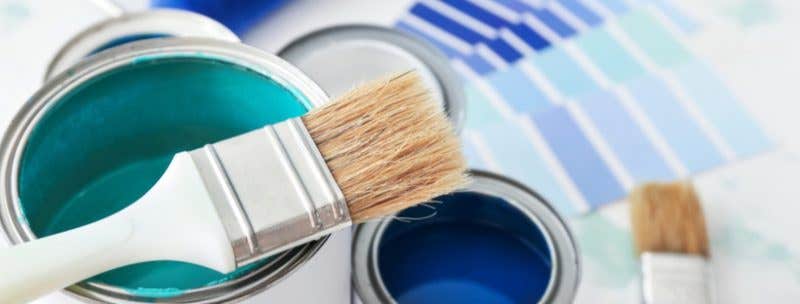

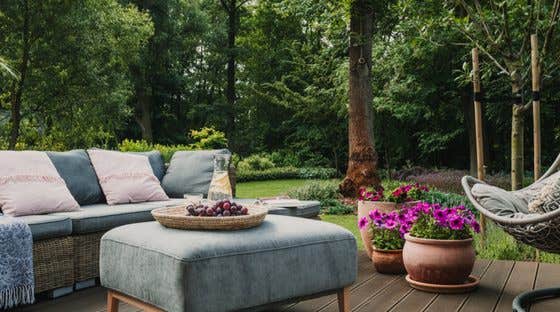
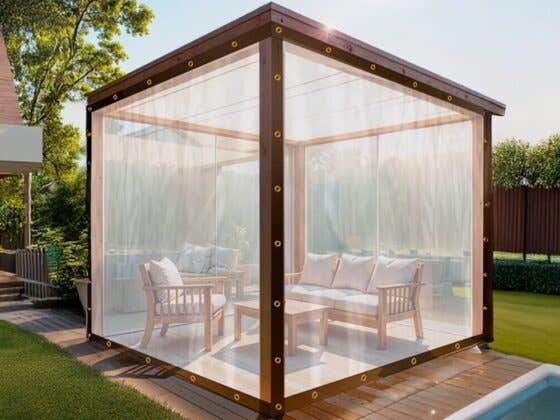

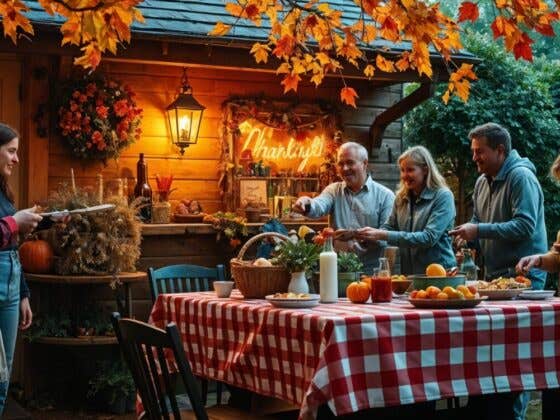
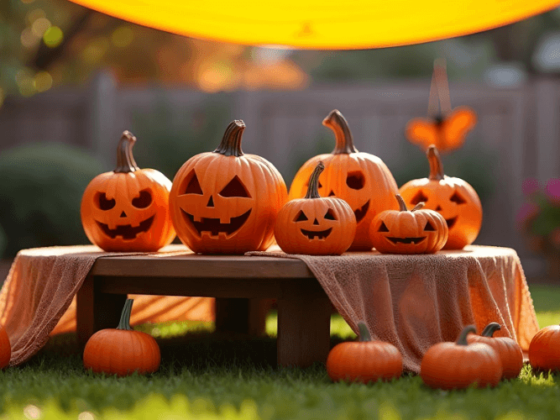
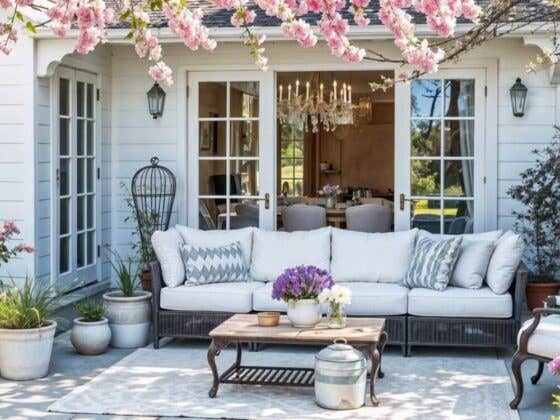
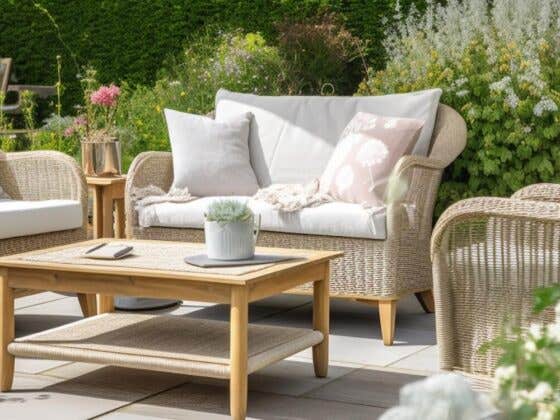
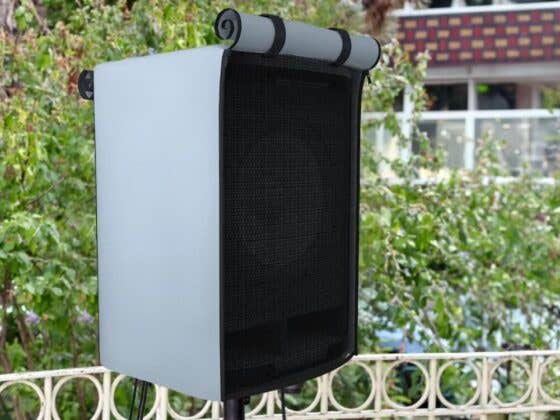

Recent Comments